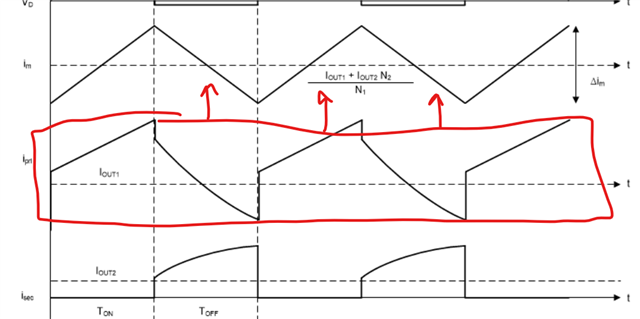Other Parts Discussed in Thread: LM70880, , LM5161, LM5169, LM5185, LM25185, UCC28C42
Tool/software:
Hi,
I'm wondering if it is possible to implement a fly-buck with a converter like this with larger output currents(7-10A) and output voltages between 24-28V with a 28V input voltage.
I want the better EMI performance of a cuk/fly-buck and isolation at a little bit higher power output, but don't know what would be the best topology to achieve this.
Thanks,
Matt



